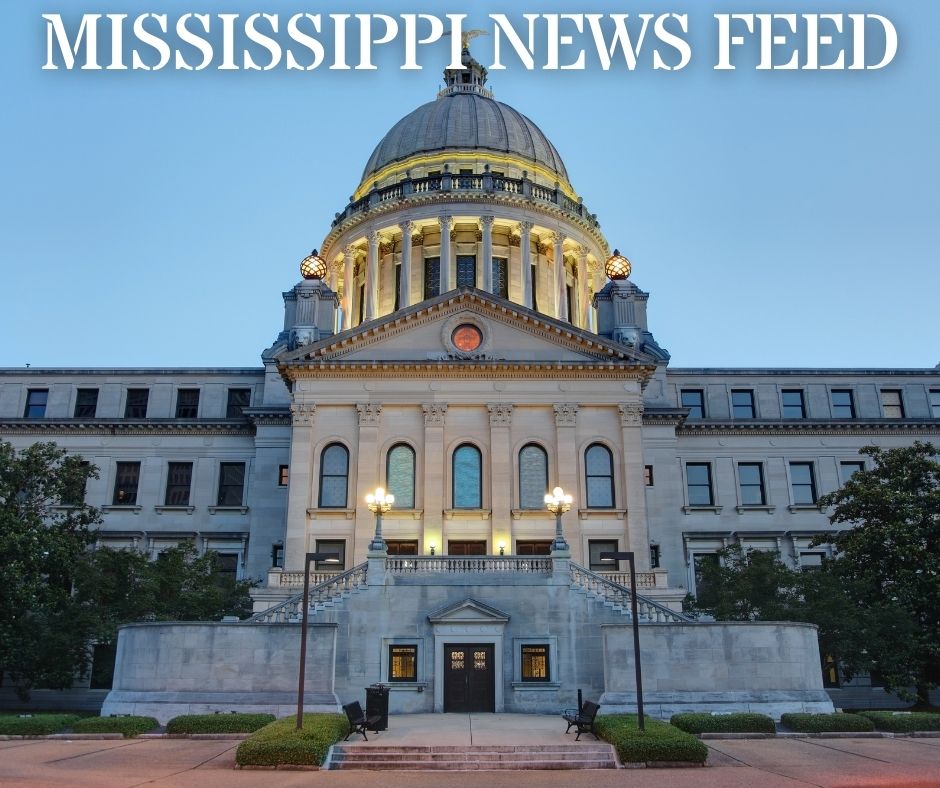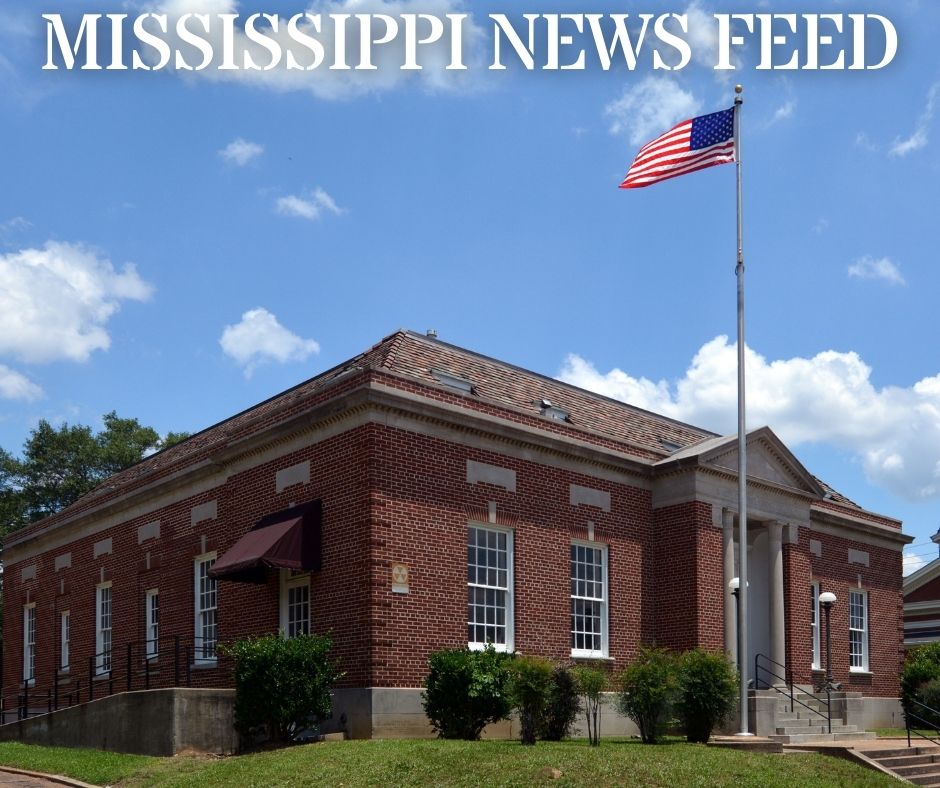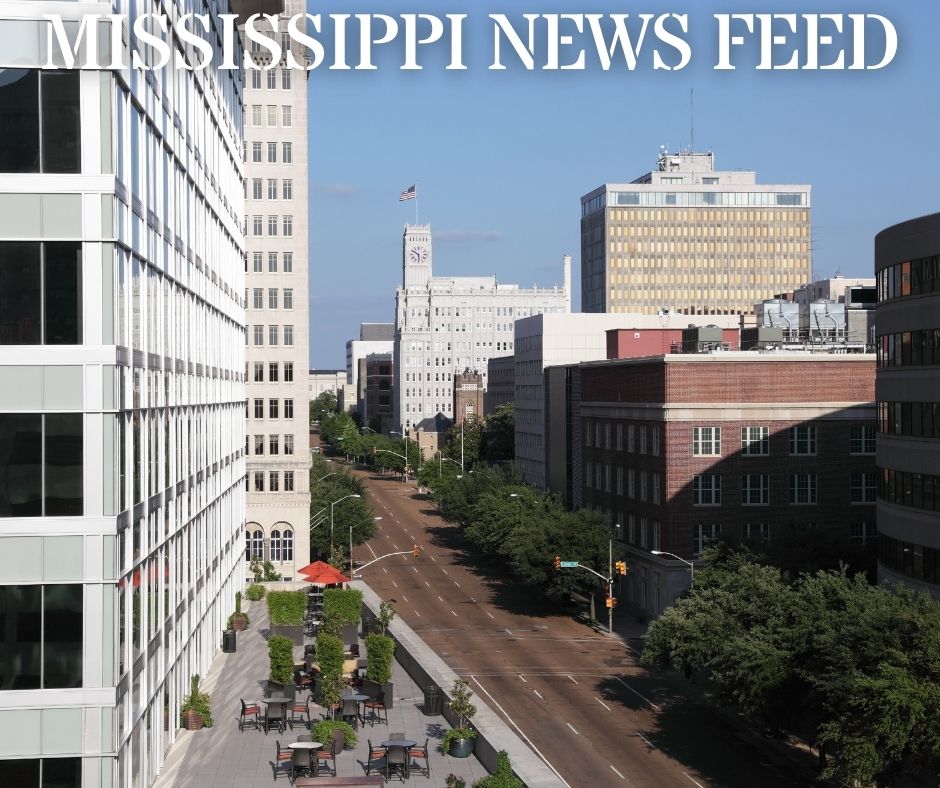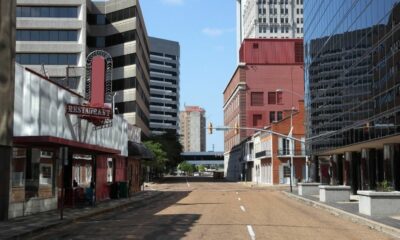Kaiser Health News
Medics at UCLA Protest Say Police Weapons Drew Blood and Cracked Bones
Molly Castle Work and Brett Kelman
Thu, 16 May 2024 09:00:00 +0000
Inside the protesters’ encampment at UCLA, beneath the glow of hanging flashlights and a deafening backdrop of exploding flash-bangs, OB-GYN resident Elaine Chan suddenly felt like a battlefield medic.
related coverage from 2020
Less-Lethal Weapons Blind, Maim and Kill. Victims Say Enough Is Enough.
Police were pushing into the camp after an hours-long standoff. Chan, 31, a medical tent volunteer, said protesters limped in with severe puncture wounds, but there was little hope of getting them to a hospital through the chaos outside. Chan suspects the injuries were caused by rubber bullets or other “less lethal” projectiles, which police have confirmed were fired at protesters.
“It would pierce through skin and gouge deep into people’s bodies,” she said. “All of them were profusely bleeding. In OB-GYN we don’t treat rubber bullets. … I couldn’t believe that this was allowed to be [done to] civilians — students — without protective gear.”
The UCLA protest, which gathered thousands in opposition to Israel’s ongoing bombing of Gaza, began in April and grew to a dangerous crescendo this month when counterprotesters and police clashed with the activists and their supporters.
In interviews with KFF Health News, Chan and three other volunteer medics described treating protesters with bleeding wounds, head injuries, and suspected broken bones in a makeshift clinic cobbled together in tents with no electricity or running water. The medical tents were staffed day and night by a rotating team of doctors, nurses, medical students, EMTs, and volunteers with no formal medical training.
At times, the escalating violence outside the tent isolated injured protesters from access to ambulances, the medics said, so the wounded walked to a nearby hospital or were carried beyond the borders of the protest so they could be driven to the emergency room.
“I’ve never been in a setting where we’re blocked from getting higher level of care,” Chan said. “That was terrifying to me.”
Three of the medics interviewed by KFF Health News said they were present when police swept the encampment May 2 and described multiple injuries that appeared to have been caused by “less lethal” projectiles.
Less lethal projectiles — including beanbags filled with metal pellets, sponge-tipped rounds, and projectiles commonly known as rubber bullets — are used by police to subdue suspects or disperse crowds or protests. Police drew widespread condemnation for using the weapons against Black Lives Matter demonstrations that swept the country after the killing of George Floyd in 2020. Although the name of these weapons downplays their danger, less lethal projectiles can travel upward of 200 mph and have a documented potential to injure, maim, or kill.
The medics’ interviews directly contradict an account from the Los Angeles Police Department. After police cleared the encampment, LAPD Chief Dominic Choi said in a post on the social platform X that there were “no serious injuries to officers or protestors” as police moved in and made more than 200 arrests.
In response to questions from KFF Health News, both the LAPD and California Highway Patrol said in emailed statements that they would investigate how their officers responded to the protest. The LAPD statement said the agency was conducting a review of how it and other law enforcement agencies responded, which would lead to a “detailed report.”
The Highway Patrol statement said officers warned the encampment that “non-lethal rounds” may be used if protesters did not disperse, and after some became an “immediate threat” by “launching objects and weapons,” some officers used “kinetic specialty rounds to protect themselves, other officers, and members of the public.” One officer received minor injuries, according to the statement.
Video footage that circulated online after the protest appeared to show a Highway Patrol officer firing less lethal projectiles at protesters with a shotgun.
“The use of force and any incident involving the use of a weapon by CHP personnel is a serious matter, and the CHP will conduct a fair and impartial investigation to ensure that actions were consistent with policy and the law,” the Highway Patrol said in its statement.
The UCLA Police Department, which was also involved with the protest response, did not respond to requests for comment.
Jack Fukushima, 28, a UCLA medical student and volunteer medic, said he witnessed a police officer shoot at least two protesters with less lethal projectiles, including a man who collapsed after being hit “square in the chest.” Fukushima said he and other medics escorted the stunned man to the medical tent then returned to the front lines to look for more injured.
“It did really feel like a war,” Fukushima said. “To be met with such police brutality was so disheartening.”
Back on the front line, police had breached the borders of the encampment and begun to scrum with protesters, Fukushima said. He said he saw the same officer who had fired earlier shoot another protester in the neck.
The protester dropped to the ground. Fukushima assumed the worst and rushed to his side.
“I find him, and I’m like, ‘Hey, are you OK?’” Fukushima said. “To the point of courage of these undergrads, he’s like, ‘Yeah, it’s not my first time.’ And then just jumps right back in.”
Sonia Raghuram, 27, another medical student stationed in the tent, said that during the police sweep she tended to a protester with an open puncture wound on their back, another with a quarter-sized contusion in the center of their chest, and a third with a “gushing” cut over their right eye and possible broken rib. Raghuram said patients told her the wounds were caused by police projectiles, which she said matched the severity of their injuries.
The patients made it clear the police officers were closing in on the medical tent, Raghuram said, but she stayed put.
“We will never leave a patient,” she said, describing the mantra in the medical tent. “I don’t care if we get arrested. If I’m taking care of a patient, that’s the thing that comes first.”
The UCLA protest is one of many that have been held on college campuses across the country as students opposed to Israel’s ongoing war in Gaza demand universities support a ceasefire or divest from companies tied to Israel. Police have used force to remove protesters at Columbia University, Emory University, and the universities of Arizona, Utah, and South Florida, among others.
At UCLA, student protesters set up a tent encampment on April 25 in a grassy plaza outside the campus’s Royce Hall theater, eventually drawing thousands of supporters, according to the Los Angeles Times. Days later, a “violent mob” of counterprotesters “attacked the camp,” the Times reported, attempting to tear down barricades along its borders and throwing fireworks at the tents inside.
The following night, police issued an unlawful assembly order, then swept the encampment in the early hours of May 2, clearing tents and arresting hundreds by dawn.
Police have been widely criticized for not intervening as the clash between protesters and counterprotesters dragged on for hours. The University of California system announced it has hired an independent policing consultant to investigate the violence and “resolve unanswered questions about UCLA’s planning and protocols, as well as the mutual aid response.”
Charlotte Austin, 34, a surgery resident, said that as counterprotesters were attacking she also saw about 10 private campus security officers stand by, “hands in their pockets,” as students were bashed and bloodied.
Austin said she treated patients with cuts to the face and possible skull fractures. The medical tent sent at least 20 people to the hospital that evening, she said.
“Any medical professional would describe these as serious injuries,” Austin said. “There were people who required hospitalization — not just a visit to the emergency room — but actual hospitalization.”
Police Tactics ‘Lawful but Awful’
UCLA protesters are far from the first to be injured by less lethal projectiles.
In recent years, police across the U.S. have repeatedly fired these weapons at protesters, with virtually no overarching standards governing their use or safety. Cities have spent millions to settle lawsuits from the injured. Some of the wounded have never been the same.
During the nationwide protests following the police killing of George Floyd in 2020, at least 60 protesters sustained serious injuries — including blinding and a broken jaw — from being shot with these projectiles, sometimes in apparent violations of police department policies, according to a joint investigation by KFF Health News and USA Today.
In 2004, in Boston, a college student celebrating a Red Sox victory was killed by a projectile filled with pepper-based irritant when it tore through her eye and into her brain.
“They’re called less lethal for a reason,” said Jim Bueermann, a former police chief of Redlands, California, who now leads the Future Policing Institute. “They can kill you.”
Bueermann, who reviewed video footage of the police response at UCLA at the request of KFF Health News, said the footage shows California Highway Patrol officers firing beanbag rounds from a shotgun. Bueermann said the footage did not provide enough context to determine if the projectiles were being used “reasonably,” which is a standard established by federal courts, or being fired “indiscriminately,” which was outlawed by a California law in 2021.
“There is a saying in policing — ‘lawful but awful’ — meaning that it was reasonable under the legal standards but it looks terrible,” Bueermann said. “And I think a cop racking multiple rounds into a shotgun, firing into protesters, doesn’t look very good.”
This article was produced by KFF Health News, which publishes California Healthline, an editorially independent service of the California Health Care Foundation.
——————————
By: Molly Castle Work and Brett Kelman
Title: Medics at UCLA Protest Say Police Weapons Drew Blood and Cracked Bones
Sourced From: kffhealthnews.org/news/article/ucla-protest-gaza-israel-rubber-bullets-injuries-volunteer-medics/
Published Date: Thu, 16 May 2024 09:00:00 +0000
Kaiser Health News
Pay First, Deliver Later: Some Women Are Being Asked To Prepay for Their Baby
SUMMARY: Kathleen Clark faced an unexpected $960 prepayment request from her OB-GYN during her pregnancy, a practice increasingly reported by pregnant women. Often, these upfront fees occur before the pregnancy concludes, creating financial strain and anxiety. Advocacy groups criticize this as unethical, arguing it can deter women from seeking necessary care. Although providers claim prepayments ensure compensation, the approach complicates billing and may force unwanted decisions on patients. With U.S. maternity care costs averaging nearly $3,000 out-of-pocket, many families struggle financially, raising concerns about equitable access to prenatal services. The issue remains challenging to regulate due to industry lobbying.
The post Pay First, Deliver Later: Some Women Are Being Asked To Prepay for Their Baby appeared first on kffhealthnews.org
Kaiser Health News
As California Taps Pandemic Stockpile for Bird Flu, Officials Keep Close Eye on Spending
SUMMARY: California is using state and federal stockpiles to provide up to 10,000 farmworkers with safety gear as the state reports 21 human cases of bird flu. The state began distributing protective equipment in May and has confirmed bird flu at over 270 dairies. Drawing lessons from the COVID-19 pandemic, California is improving emergency responses and maintaining a stockpile that includes millions of face masks. However, due to financial constraints, funding for disaster supplies has been cut, and some preparedness programs were reduced or eliminated. A ballot measure to increase pandemic preparedness funding failed after its key financial supporter was convicted.
The post As California Taps Pandemic Stockpile for Bird Flu, Officials Keep Close Eye on Spending appeared first on kffhealthnews.org
Kaiser Health News
After Congress Ended Extra Cash Aid for Families, Communities Tackle Child Poverty Alone
SUMMARY: Dr. Mona Hanna, a pediatrician in Flint, Michigan, is championing the Rx Kids program, a pioneering cash aid initiative that provides $1,500 mid-pregnancy and $500 monthly for a child’s first year to Flint families. Since its January launch, nearly all babies born in Flint are enrolled, aiding parents with essential needs like diapers and food. While Rx Kids aims to reduce poverty and inspire lawmakers and donors, challenges remain for expansion in underserved regions like Michigan’s Upper Peninsula, where substantial private funding is needed. Ongoing efforts seek to raise awareness and secure resources for this impactful program.
The post After Congress Ended Extra Cash Aid for Families, Communities Tackle Child Poverty Alone appeared first on kffhealthnews.org
-
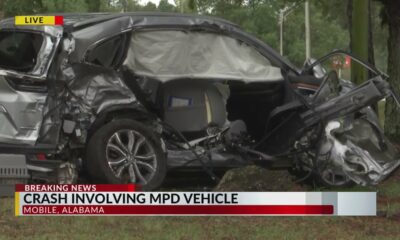
 News from the South - Alabama News Feed6 days ago
News from the South - Alabama News Feed6 days agoCrash involving MPD vehicle
-
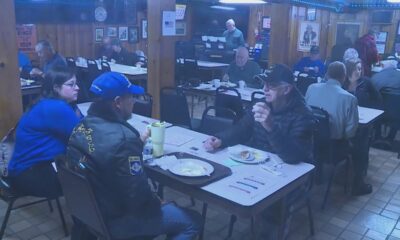
 News from the South - Missouri News Feed6 days ago
News from the South - Missouri News Feed6 days agoVeterans honored across Missouri, Illinois for Veterans day
-
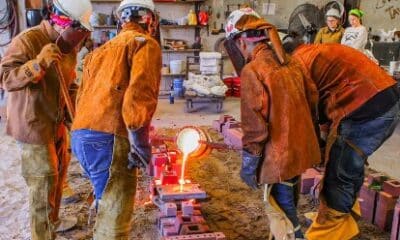
 Our Mississippi Home2 days ago
Our Mississippi Home2 days agoCreate Art from Molten Metal: Southern Miss Sculpture to Host Annual Interactive Iron Pour
-

 News from the South - Georgia News Feed6 days ago
News from the South - Georgia News Feed6 days agoWho will serve in Trump’s cabinet? | FOX 5 News
-
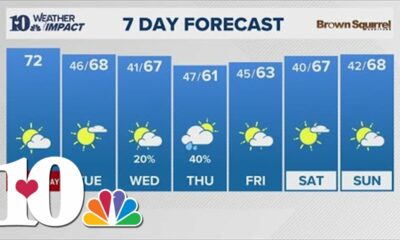
 News from the South - Tennessee News Feed6 days ago
News from the South - Tennessee News Feed6 days agoAfternoon Weather (11/11): Dry afternoon ahead
-

 News from the South - Florida News Feed4 days ago
News from the South - Florida News Feed4 days agoTrump taps Matt Gaetz as attorney general, Tulsi Gabbard as Intelligence official | National
-
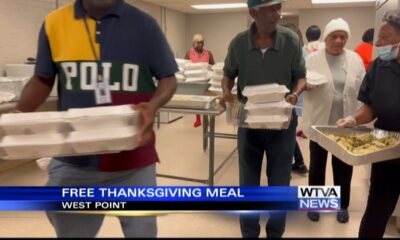
 Mississippi News Video6 days ago
Mississippi News Video6 days agoGroup continues annual free Thanksgiving meal in West Point
-
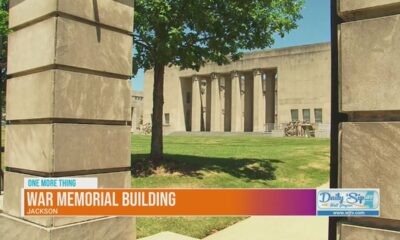
 Mississippi News Video6 days ago
Mississippi News Video6 days agoThe War Memorial Building in Jackson







